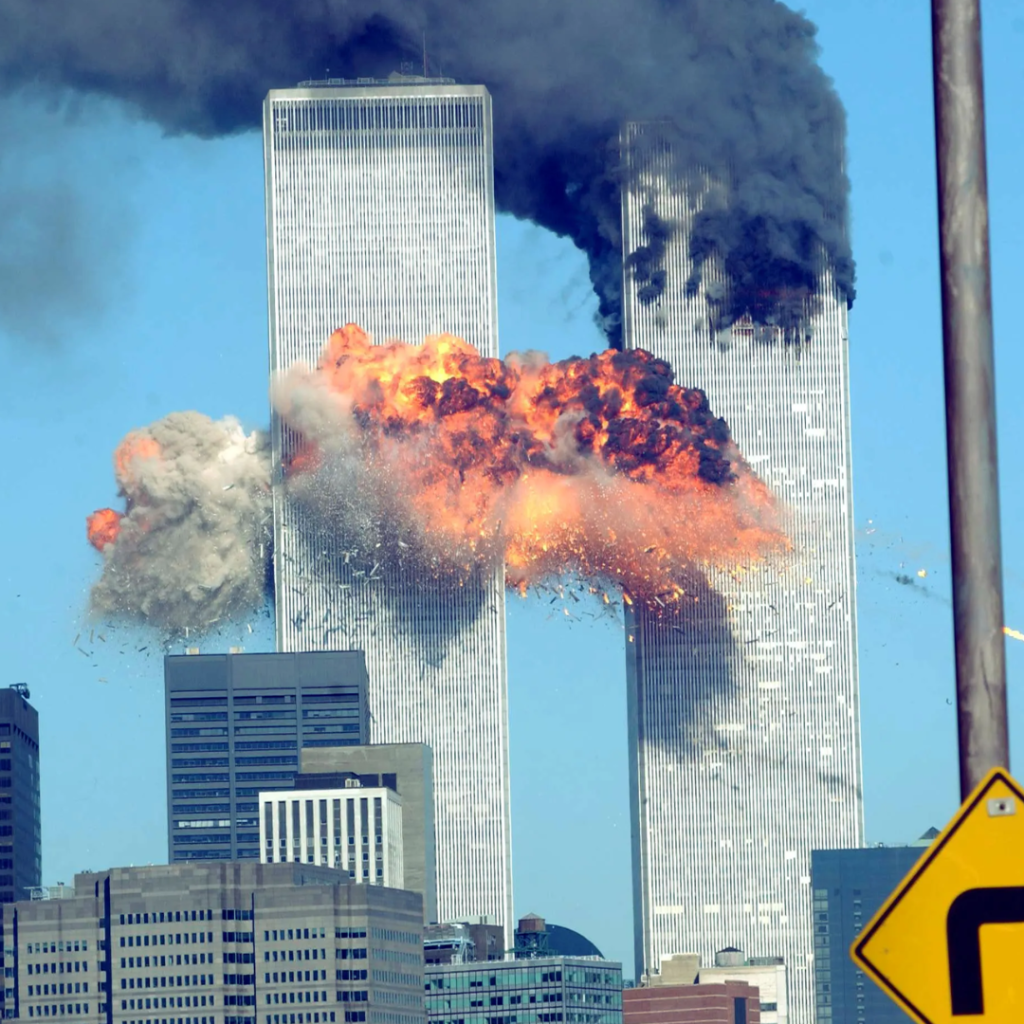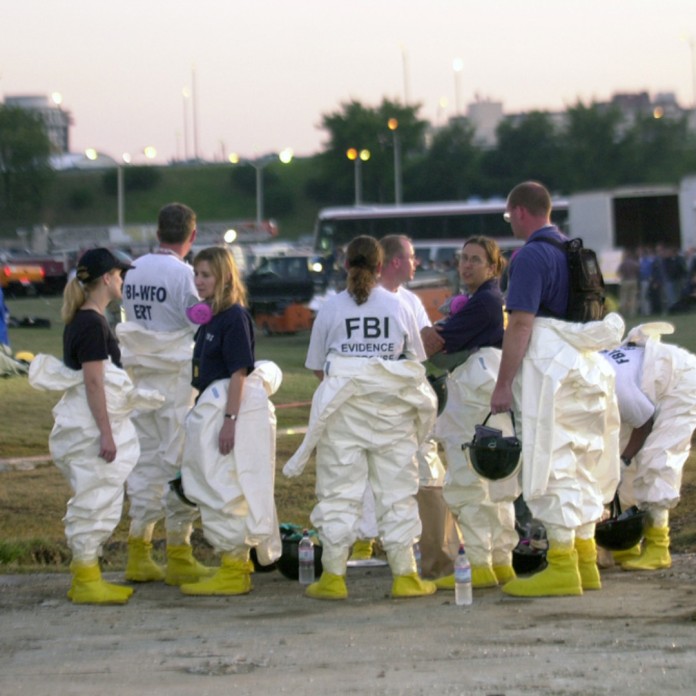The September 11 attacks were the deadliest acts of terrorism in history, claiming the lives of nearly 3,000 people—including Americans and citizens from around the world. In the aftermath, the tragedy reshaped global counterterrorism strategies and profoundly changed how the United States approaches national security.
The FBI launched its largest investigation ever in response, code-named PENTTBOM—an acronym for Pentagon, Pennsylvania, and Twin Towers Bombing. At its height, more than half of the FBI’s agents were assigned to the case. Working alongside other federal agencies, they focused on identifying the hijackers, uncovering their sponsors, and preventing any further attacks.
Over the course of the investigation, the FBI pursued more than 500,000 leads, including hundreds of thousands of tips from the public. The crash and attack sites in New York, Virginia, and Pennsylvania became the largest and most complex crime scenes in FBI history.
For those who remember that day, it began as a clear, crisp morning—especially on the East Coast. At 8:46 a.m., that peace was shattered when American Airlines Flight 11 struck the North Tower of the World Trade Center. In a coordinated assault, terrorists hijacked four commercial flights, crashing two into the Twin Towers, one into the Pentagon, and one—United Flight 93—into a field in Shanksville, Pennsylvania, after passengers heroically fought back.
The attacks killed 2,976 people and injured thousands more. Many first responders who rushed to the scene continue to suffer long-term health effects due to toxic exposure at Ground Zero.
In the immediate aftermath, the FBI’s top priority was to determine who was responsible and to stop any additional plots. Counterterrorism experts, evidence technicians, and intelligence analysts worked around the clock to unravel the events of that day. Within hours, agents began identifying the 19 hijackers. Witnesses were interviewed, leads were pursued across the globe, and a sprawling, fast-moving investigation took shape.
The Strategic Information and Operations Center at FBI Headquarters in Washington, D.C., was activated within minutes of the attacks. By day’s end, command posts were established at all three crash sites.
Unusually, then-FBI Director Robert S. Mueller III directed the investigation from FBI Headquarters instead of delegating it to a regional field office. A specialized PENTTBOM team set up in a basement office at headquarters coordinated efforts from there, eventually building a case against the individuals and organizations responsible.
Although the investigation is still technically open, it has already left a lasting impact. It exposed remarkable acts of bravery, sacrifice, and unity in the face of terror—and it permanently changed how the FBI collaborates with domestic and international law enforcement and intelligence agencies to protect the United States.
By FBI



